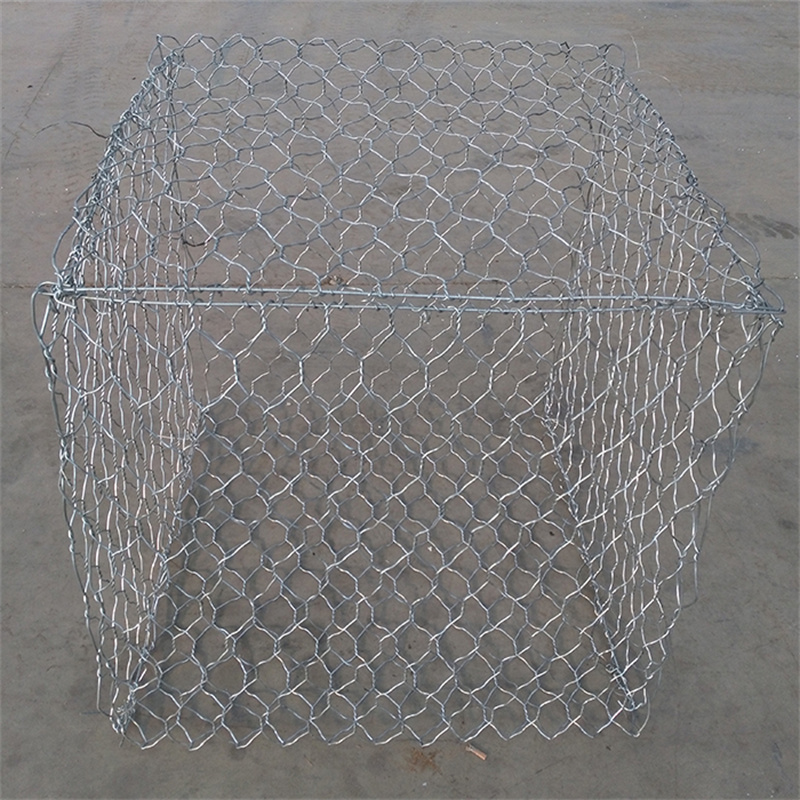کانونی یەکەم . 04, 2024 04:16 Back to list
Durable Gabion and Timber Retaining Wall Solutions for Landscape Stabilization
High-Quality Gabion and Wood Retaining Walls A Durable Solution for Landscape Management
In the realm of landscape management and construction, retaining walls play an essential role in maintaining the integrity of soil and preventing erosion. Two popular materials for building these structures are gabions and wood, each offering unique benefits suited for various applications. This article delves into the features, advantages, and considerations of high-quality gabion and wood retaining walls, highlighting their contribution to both functionality and aesthetic appeal.
Understanding Gabion Retaining Walls
Gabion walls are constructed from natural stones enclosed in wire mesh cages. The design allows for flexibility and adaptability, making gabions an excellent choice for various landscapes. One of the primary advantages of gabion walls is their permeability. Water can flow through the stones, reducing hydrostatic pressure behind the wall and minimizing the risk of structural failure. This characteristic is especially beneficial in areas prone to heavy rain or flooding, as it allows for efficient drainage.
Moreover, gabion walls are incredibly durable. The use of weather-resistant wire mesh combined with natural stones ensures longevity, making them a cost-effective solution in the long run. These walls are also environmentally friendly, as they can blend seamlessly into the surrounding landscape and provide habitats for local wildlife. They are often used in projects aimed at promoting ecological restoration, as the empty spaces within the gabion can become home to plants and small animals.
The Appeal of Wood Retaining Walls
Wood retaining walls offer a different aesthetic that many homeowners and landscape designers appreciate. They provide a warm, natural look that can complement various architectural styles. Typically made from pressure-treated timber, these walls can withstand significant weight and resist decay when properly maintained. Wood retaining walls can be constructed in various styles, including timber logs, planks, or even large sleepers, allowing for customization based on individual preferences.
In terms of installation, wood retaining walls are generally easier and faster to construct than gabion walls. They require less labor and fewer materials, making them a convenient choice for smaller landscaping projects or residential applications. When treated with the right preservatives, wood walls can last for many years, providing a solid structure to hold back soil and prevent erosion.
high quality gabion and wood retaining wall

Aesthetics and Versatility The Best of Both Worlds
When considering which type of retaining wall to use, one should weigh the aesthetic and functional requirements of the project. Gabion walls provide a rugged, earthy look that can integrate beautifully with natural surroundings. They work particularly well in rural or industrial settings, enhancing the landscape's character while effectively managing soil and water.
On the other hand, wood retaining walls can offer a more polished appearance that may be preferred in residential gardens, parks, or recreational areas. They can be stained or painted to match other elements of the landscape, providing versatility in design.
Considerations for Installation and Maintenance
Both gabion and wood retaining walls require careful planning and execution to ensure stability and longevity. Before installation, it is crucial to evaluate soil conditions, drainage patterns, and potential loads. Gabion walls often necessitate a more complex foundation due to their weight, whereas wood walls require adequate anchoring to prevent movement or collapse.
Maintenance is another factor to consider. While gabion walls typically require little upkeep, it’s essential to check the integrity of the wire mesh and ensure the stones remain secure. In contrast, wood walls may need regular treatment to prevent rot and insect damage.
Conclusion
Choosing between high-quality gabion and wood retaining walls ultimately depends on the specific project requirements, budget, and aesthetic preferences. Gabion walls offer durability, drainage capabilities, and ecological benefits, while wood walls provide a warm, inviting appearance and easier installation. By understanding the features and advantages of each material, homeowners and landscape architects can make informed decisions that enhance the functionality and beauty of their outdoor spaces, ensuring long-lasting results for years to come. Whether safeguarding against erosion or enhancing visual appeal, both gabion and wood retaining walls are viable solutions in modern landscape management.
-
hesco-gabion-baskets-for-coastal-erosion-prevention
NewsAug.22,2025
-
longevity-and-durability-of-river-rock-gabion-walls
NewsAug.22,2025
-
how-to-integrate-gabion-3d-walls-in-urban-planning
NewsAug.22,2025
-
reno-mattress-gabion-applications-in-civil-engineering
NewsAug.22,2025
-
how-to-install-wire-mesh-for-gabion-baskets-properly
NewsAug.22,2025
-
best-materials-for-filling-a-chain-link-gabion
NewsAug.22,2025
-
Wire Mesh Thickness Impact on Gabion Wall Load Bearing
NewsAug.12,2025






